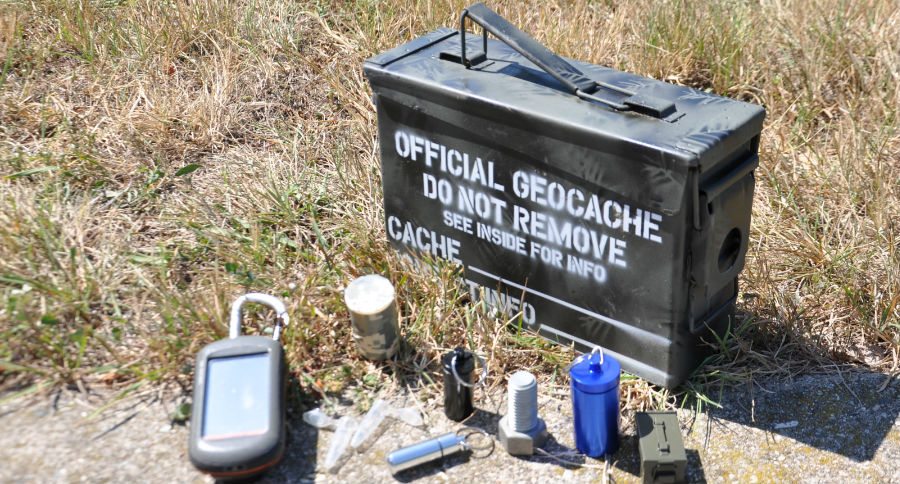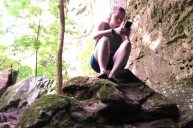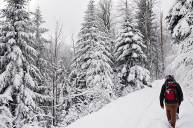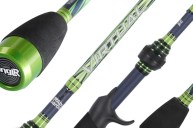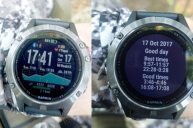Have you ever heard of geocaching? Surprisingly, not many people have.
Basically, it's a high-tech version of treasure hunting, in which one utilizes GPS signals to seek out containers other users have hidden all over the world.
Contrary to many news reports that come out on the hobby every year, geocaching is not new. We're just over 20 year of existence for the hobby right now. And no, it's not a rip-off of Pokemon Go. Actually, it's safer to say Pokemon Go is a rip-off of geocaching.
Geocaching does have a bit of a steep learning curve, though. So if you've ever wanted to get started but didn't know how, have no fear, we're here to help you out.
Why geocache?
Geocaching is another reason for me to get out of the house and enjoy the great outdoors. It helps fill in the gaps between hunting and fishing seasons. Most of the items you'll find in a geocache are not valuable. But the fun is in the hunt and in discovering new and interesting places I never would've found otherwise. For instance, I had one lead me to Doc Holliday's grave in Colorado. Another led me to an abandoned quarry and a ghost town in Michigan's Upper Peninsula. Yet, another led me to an amazing natural tunnel through a mountain in Virginia that was first seen by Daniel Boone.
Now, I'm not promising you'll have adventures like that every time out, but you will get to know the area you live better and you might even discover a few new hunting and fishing spots along the way. I know I have.
Basic Rules
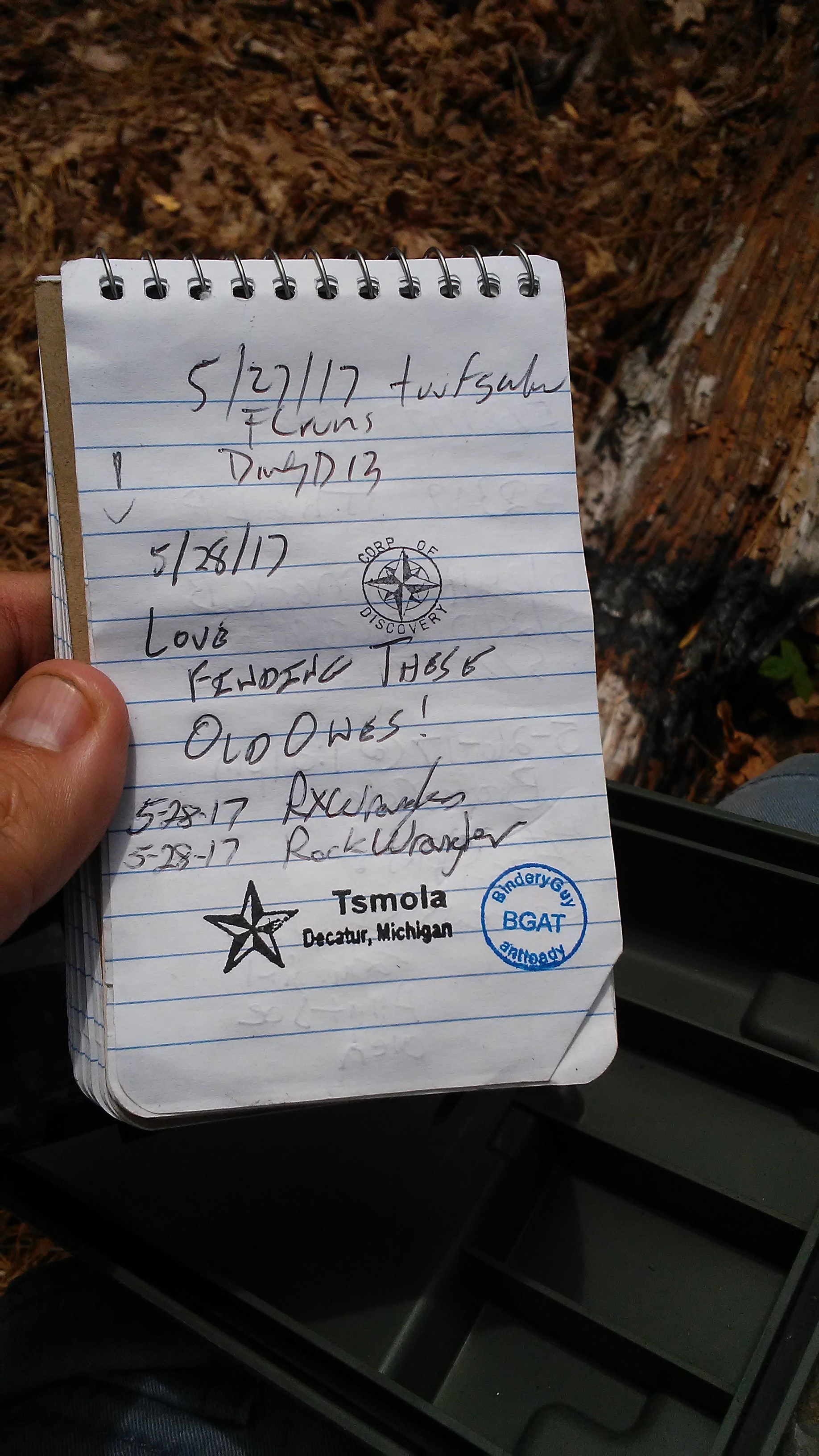
First and foremost, the rules of the game are simple. Find a cache, sign your name to the logbook as proof you were there and place it back where you found it. You can also trade for small trinkets of low value if you so wish. This can be especially fun for small children. Just make sure you're trading items of equal value.
Afterwards, don't forget to log your find online to let the cache owner know you found it. Be sure to tell a little story of the find and thank them for hiding the cache.
Getting Started
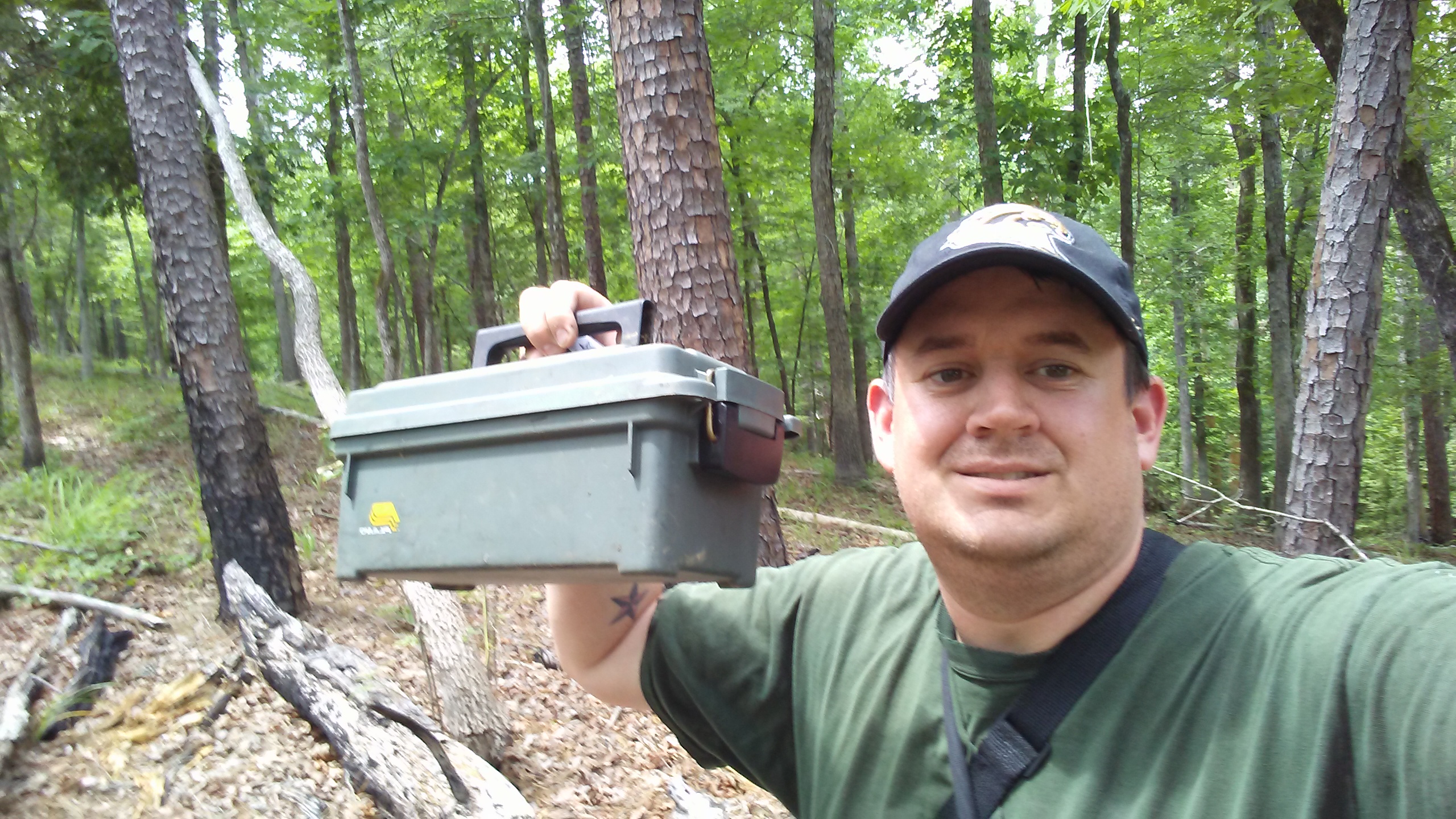
I've been geocaching for 17 years now and I can easily say it's much easier to get into the game now than when I started. That's mostly due to the development of several smartphone apps that make it possible to find your first geocache in only minutes.
Some geocachers utilize smartphone apps only these days. I still prefer a dedicated, hand-held GPS receiver. The good news is, these get cheaper and cheaper every year. It is also easier to set them up for geocaching than it was in the past.
Some users start out with the apps before upgrading to a dedicated GPS. It all depends on what you want. A dedicated GPS is going to be far more accurate than a smartphone. Also, apps will use battery on a smart phone fast. The apps also utilize data, so make sure you have a decent plan ahead of time. Although I recommend a dedicated GPS if you're going to get serious about it, there's absolutely nothing wrong with trying out the apps just to see if you like the game.
One thing I should mention is that there are several geocaching websites out there that list the caches, but Geocaching.com is pretty much the unchallenged king. And yes, there are paid memberships on the site which give access to additional features. If you're just going to geocache once in a while, you don't necessarily need to purchase one. Again, it just boils down to how serious you get about it.
Most of the things I reference n the rest of this article will be references to things you'll find on Geocaching.com
Finding your first cache
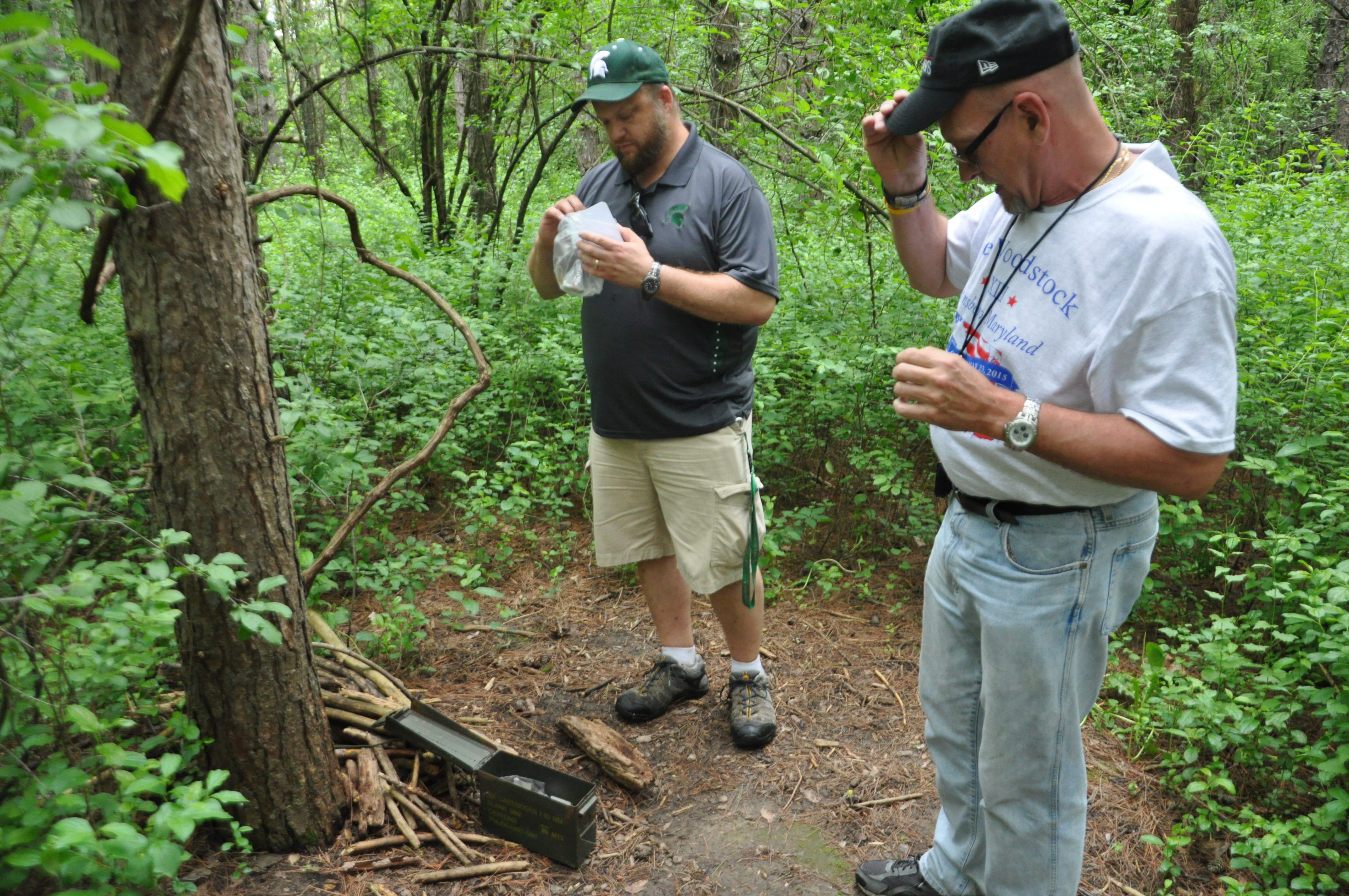
Odds are good you drive by at least one geocache every day without knowing it. They're literally everywhere. For your first cache, I recommend something easy. Geocaching.com rates caches on a 1-5 scale for difficulty and terrain, 5 being the hardest. A 1/1 cache might be something hidden near the parking lot of a local trail head. A 5/5 might be an all-day hiking, climbing or kayaking adventure.
I highly recommend seeking out an easy 1/1 for your first find to give you the confidence of an easy find and to show exactly what you're looking for. Try to seek out one that is of a "regular" or "small" size because the micros can be tricky for some new cachers.
To aid in your hide, I'm posting pictures of some common geocaching containers here too.
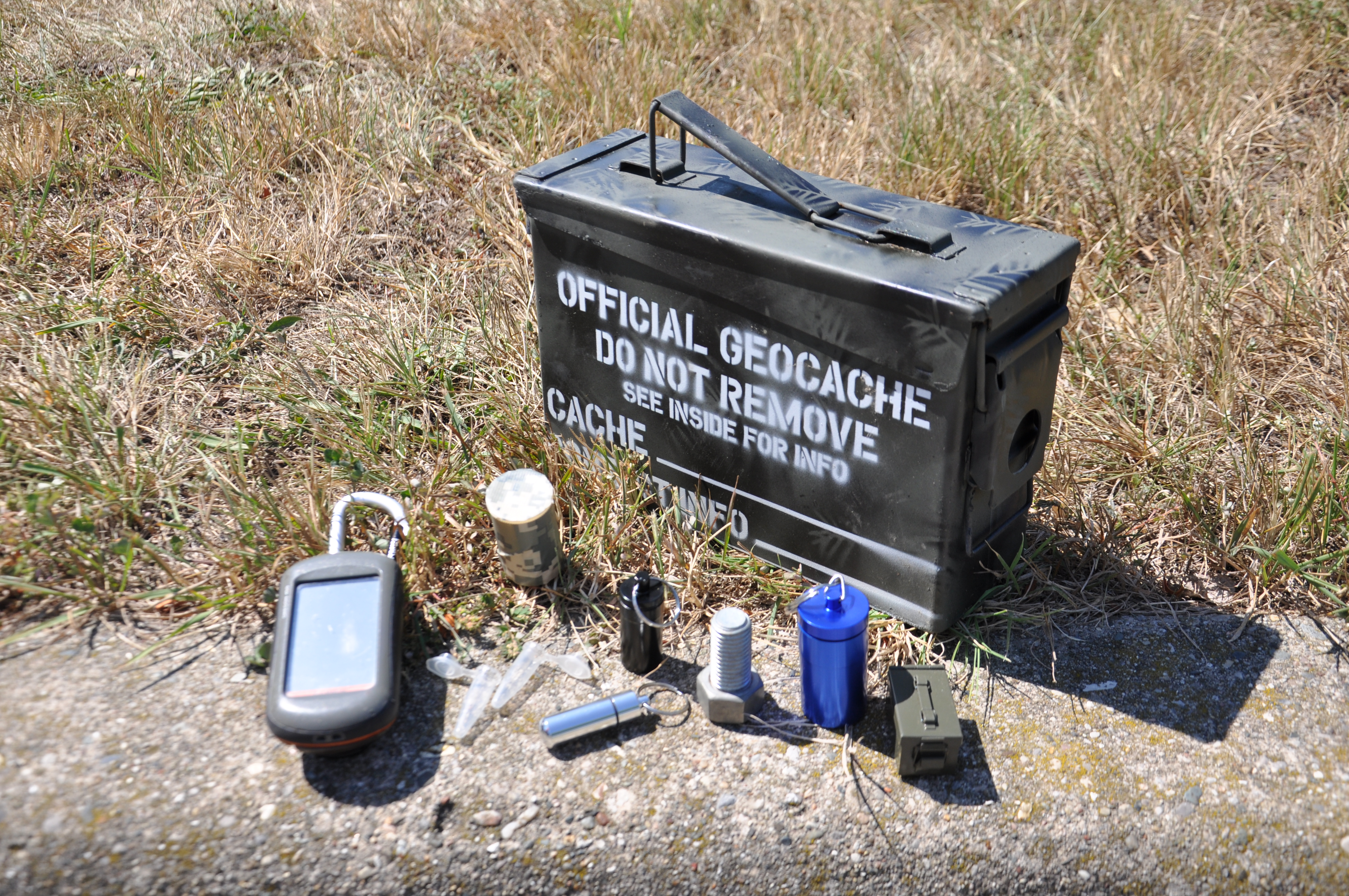
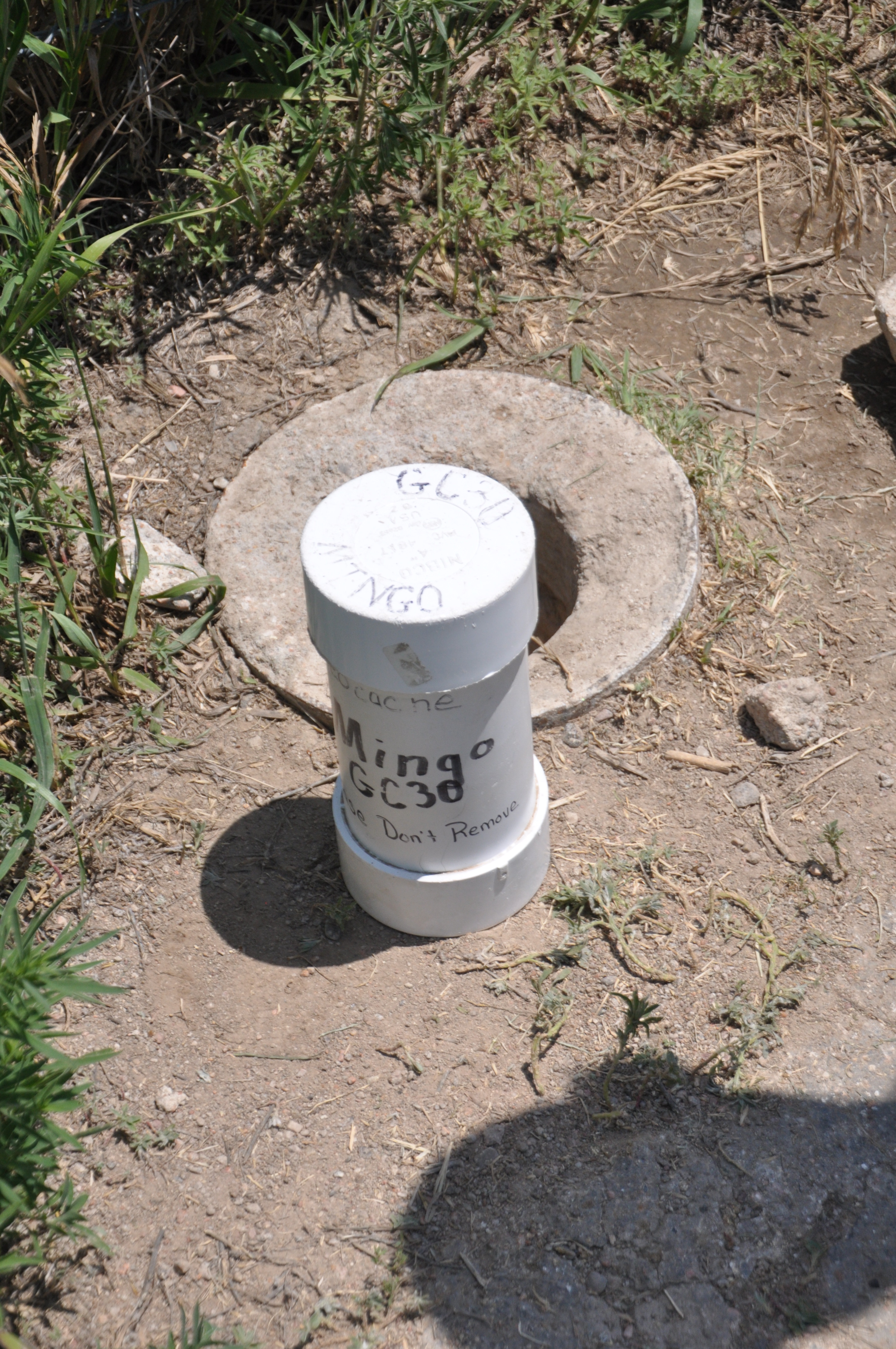


Once you've found your first cache, sign the log with whatever username you signed up on the site with. If you want to trade for some items in the cache, go for it. Don't forget to log about your experience online.
Trackables
I should take a moment to note there are items you will find in some caches that aren't meant for you to keep. Trackables and geocoins are items with unique codes attached that are meant to travel from cache to cache. Some have a very specific goal in mind, some just want to see the world. Make sure to log them appropriately on the website and move them along to another cache quickly because these items belong to other geocachers and they want to see them moving.
Types of caches
There are many different types of caches, which I will breakdown quickly here.
Traditional: simply put, this is a cache that is hidden at the listed coordinates.
Multi-cache: This cache involves several stops along the way. You might have to find multiple containers or solve some simple puzzles to find the coordinates to the next stage.
Unknown: also known as the "puzzle" cache, these caches often require you to solve some sort of puzzle that reveals the container's final location.
Letterbox hybrid: an off-shoot of letterboxing, a letterbox hybrid contains a stamp and ink pad. This type can sometimes make you rely on clues instead of a GPS to find it, too.
Virtual: with this cache type, there isn't actually a container at the coordinates. Instead they lead you somewhere and you have to answer a question to the cache owner about the place to log your find online.
Earthcache: this type is very similar to the earthcache in that you have to answer questions about the area, but the questions always deal with geology or other natural forces with some earth feature.
There aren't all the cache types there are, but these are the most common you will likely encounter when getting started. This dovetails into the next thing I want to discuss.
Event Caches
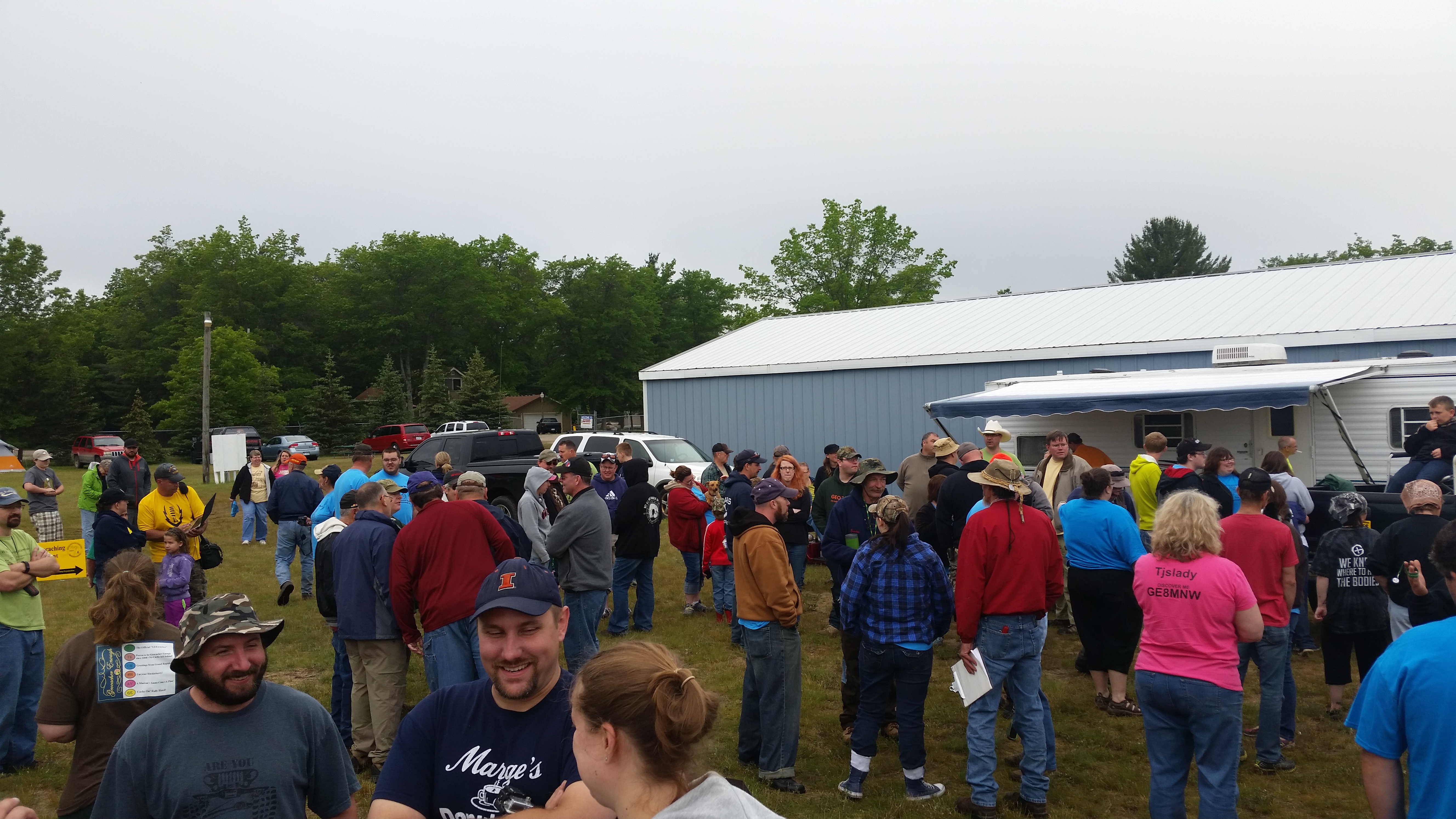
I HIGHLY recommend finding and attending a local event cache when getting started. Event caches are pre-planned meetings where geocachers can socialize, make new friends and share their experiences with others who enjoy the game.
It's also a great way to learn about the game. Most experienced cachers are more than happy to share their tips and tricks, while many others are probably willing to show you the ropes if you ask. Don't be afraid to show up and ask questions. I've attended events all over the U.S., and in four different countries. I have found people to be friendly and inviting no matter where I've gone. In fact, geocaching really seems to transcend the normal cultural barriers when I've been outside the U.S.
There are also different kinds of event caches. There are standard events, which are the most common. There are CITO (cache in, trash out) events where geocachers work together to clean an area of garbage.
Finally, there are mega and giga event caches. These events are much rarer. A mega event is one where more than 500 geocachers attend. A giga is an even rarer new cache type for events with more than 5,000 attendees. The first one of these to be held in the U.S., Geowoodstock 2018,was held in Cincinnati, Ohio. To date, that's the only one held here in the United States.
Hiding a geocache
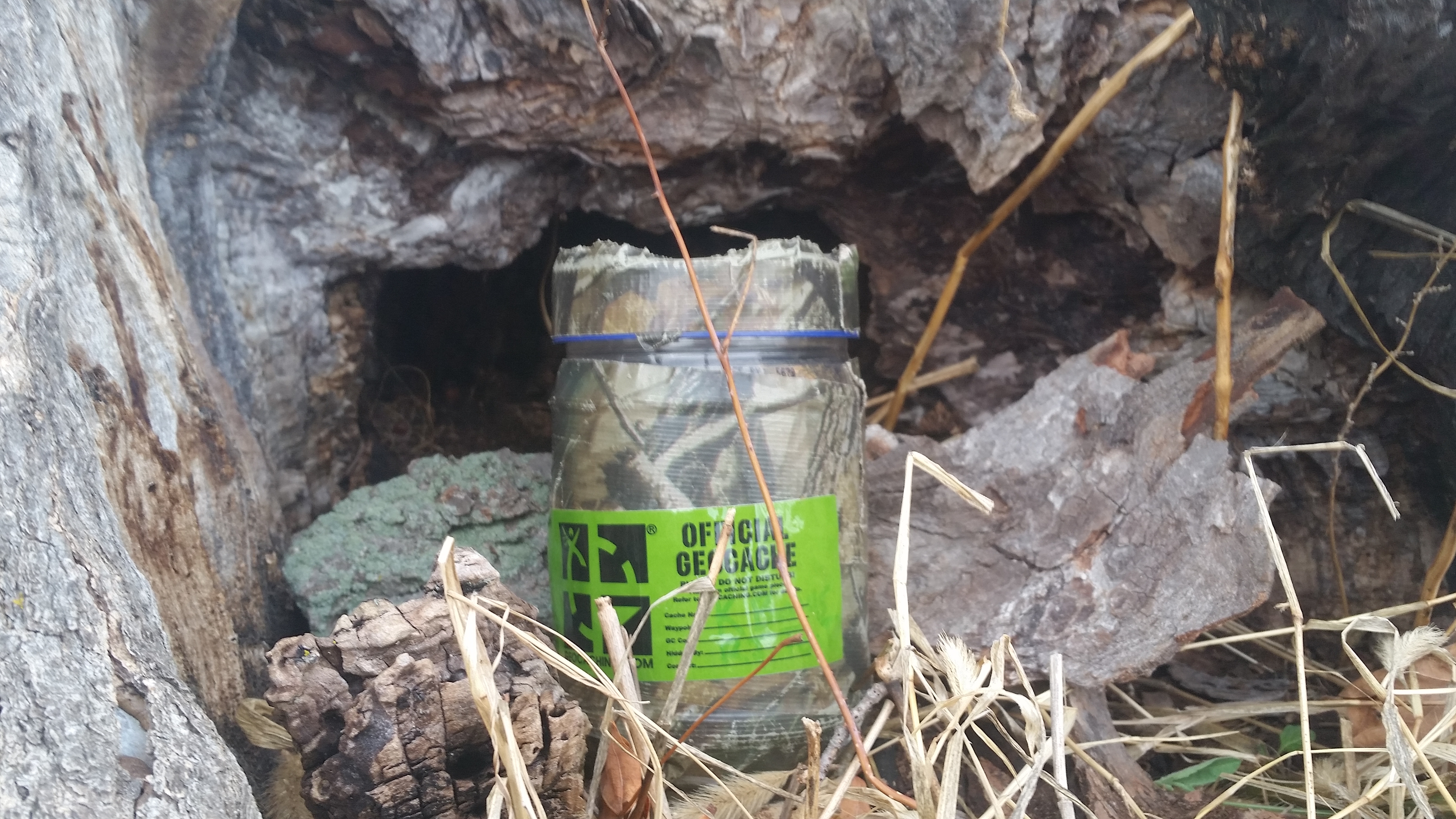
I highly recommend one finds at least 50-100 caches before going out to hide their own. This is just so you can get an idea of what containers work best and how geocaches are typically hidden. Granted, finding this number may not be possible in every area because some areas have more caches than others, but you should at least find a decent number before trying to hide your own.
Remember, hiding a cache is a chance to be creative and give back to the community. Think about the kind of cache you'd like to find and where you'd like to find one. If you have any questions, be sure to contact your local reviewer (the person who publishes each cache). They'll be more than happy to help you with any hiding questions you might have. This might include things like securing permission to hide your cache or local or state regulations for geocaching in your area.
Often, there are many local geocaching organizations that can help you out with these things, too.
You should also use a dedicated GPS unit to hide. Caches hidden using coordinates obtained by a smart phone are usually not as accurate and could lead to frustrations for seekers of your cache.
For cache hiding ideas, I also recommend hitting YouTube. There are many YouTubers out there who find and feature really unique caches all over the world. Seeing some of the best ideas may help spur some ideas of your own.
NEXT: 7 SHED HUNTING TIPS FOR THOSE WHO CAN'T SEEM TO FIND THEM
https://rumble.com/embed/u7gve.v3tsmt/
